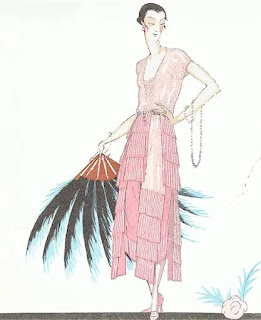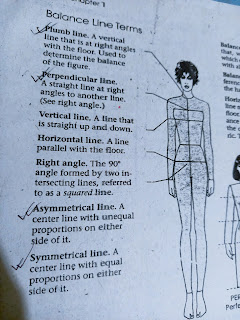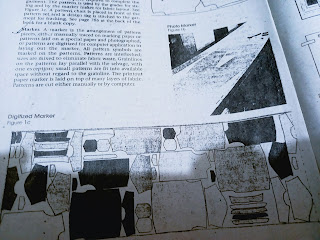Hello, people. This is the second part of the 'Patternmaking terms for fashion design'. So, read it if you need these terms and definitions, and comment below your opinion.
You will find the first part of it at the end.
Patternmaking terms for fashion design:
Plumb line: A vertical line that is at right angles with the floor.Used to determine the balance of the figure.
Symmetrical line: A centerline with equal proportions on either side of it.
Horizontal Balancing Line (HBL): A reference to any line marked around the form that is parallel with the floor. Patterns are also marked with horizontal balance lines squad from the center lines representing the crosswise grain when the garment is cut in fabric. The HBL lines help when balancing the patterns.
First Pattern: A first pattern is an original pattern developed for designs. The first pattern is generally made on marking paper and requires fitting and pattern corrections. Half a pattern is developed in the workroom (unless instructed otherwise). An asymmetrical design always requires a full pattern. Unless the garment is dropped from the line, it will be tested for fit.
Production Pattern: A production pattern is the final corrected and error-free copy. The pattern contains every pattern piece required to complete the garment. The pattern is used by the grader for sizing and by the marker maker for fabric layout. A pattern chart is placed in front of the pattern set and a design tag is stitched to the garment for tracking.
Marker: A marker is the arrangement of the pattern pieces, either manually traced on marking paper or patterns laid on a special paper and photographed, or patterns are digitized for computed application in laying out the marker. All pattern symbols are marked on the patterns. Patters are interlocked, sizes are mixed to eliminate fabric waste. Grainlines on the patterns lay parallel with the selvage, with one exception; small patterns are fit into available space without regard to the grainline. The printout paper marker is laid on top of many layers of fabric. Patterns are cut either manually or by computer.
Grader: A grader increases or decreases the size of patterns based on the company's sample. The company sets its requirements for grade length, circumference, and width. Grade sizing differs from company to company. Graded patterns are done singularly, or graded one on top of the other.
Sample sewer: The designer and pattern maker depends on the expertise of the sample sewer for information about the garment. Do seams match? Are there too many notches, or not enough? Are the notches placed correctly? Are there difficulties in sewing the garment together?
Part 1: Patternmaking Terms for Fashion Design














0 Comments